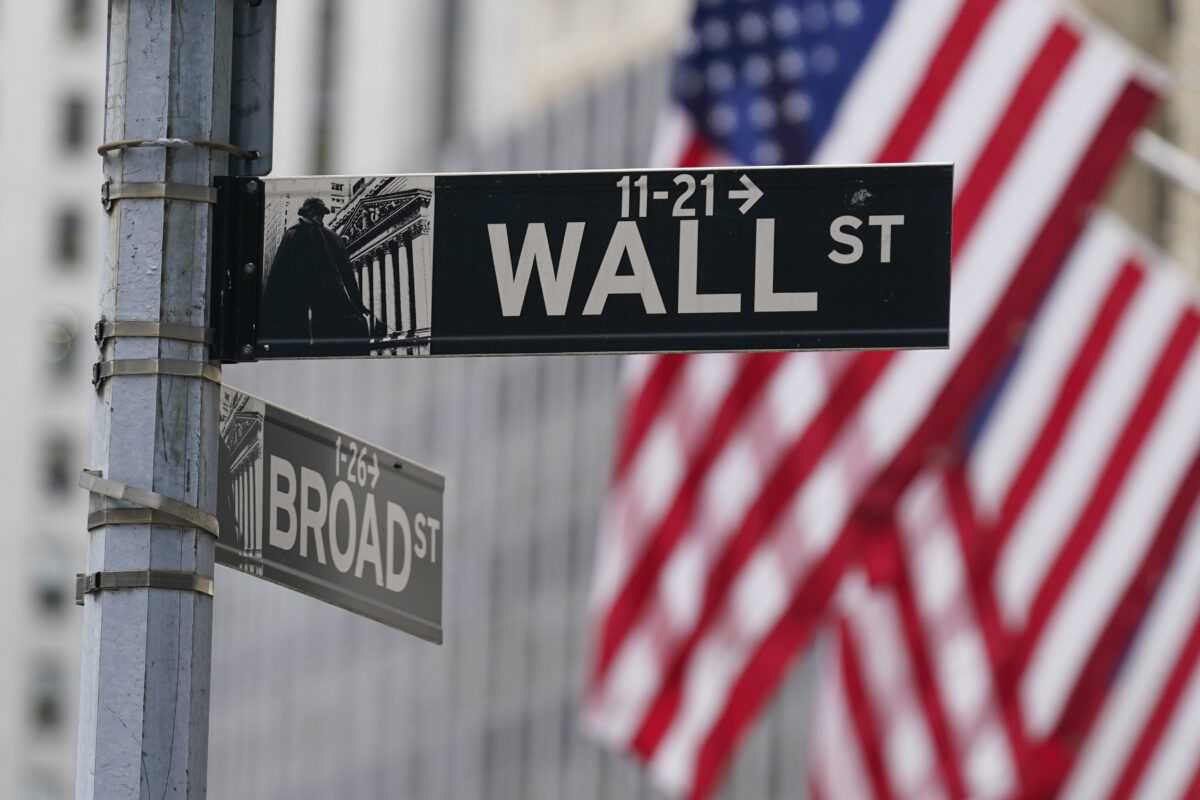The major U.S. banks are set to report the biggest jump in loan losses since the COVID-19 pandemic, as rising interest rates put mounting pressure on borrowers across the country.
America’s top lenders are expected to release their second quarterly earnings reports this week, with JPMorgan, Wells Fargo, Citigroup, and BlackRock releasing theirs on July 14.
Bank of America and Morgan Stanley will release theirs on July 18 and Goldman Sachs on July 19.
The quarterly reports are expected to show that some banks benefited from higher interest rates, with a boost in lending and investment income, but those which were reliant on investment banking, trading, and wealth management may now experience a more difficult environment.
America’s six largest banks—JPMorgan Chase, Bank of America, Citigroup, Wells Fargo, Goldman Sachs, and Morgan Stanley—are expected to report that earnings per share rose 6 percent in that period from 2022.
For now, the financial situation looks calm on the surface, but the markets may soon face tougher times.

Top American Banks Now Feeling the Squeeze
Now, after three years of relatively low defaults, partially owing to pandemic-era stimulus cash and other government assistance, lenders are now feeling the negative effects of higher interest rates and inflation on borrowers.
This is forcing many lenders to put aside more money than usual to deal with potentially bad loans, but those with more exposure to rising interest rates are expected to fare better.
Analysts say that the benefits of increased interest rates are likely to outweigh the negatives for most of the major banks.
“Wells Fargo boasts the highest net interest margin of the group and is therefore expected to experience the biggest boost from rising rates while also avoiding any drag from other activities due to its focus on traditional banking activities,” Joshua Warner, a market analyst, wrote for Forex.
“JPMorgan and Bank of America will grow slower because they have lower margins and will see their earnings dragged down from their other activities.”
Credit cards are another big source of loan losses for the big six for the quarter.
Bank analysts predict that JPMorgan will write off a total of $1.1 billion in unpaid credit card payments, up from the $600 million in the same period in 2022.
Commercial real estate loans are also hurting the industry, as landlords face reduced demand for office space, as remote and hybrid work continues to keep occupancy rates historically low.
Wells Fargo, which had the largest exposure to commercial property market, told investors in July that it suffered an additional $1 billion in loan loss provisions to cover potential losses, mainly in the office market.
Investment banking losses are also likely to hit earnings, as revenues from stock markets and corporate advisory departments are expected to fall again for the last quarter, owing to a lack of activity in the sector for months.
Trading revenues, which saw a boost over the past couple of years, are also expected to slow.

Major Lenders Writing Off Defaulted Loans as Losses
The big six are estimated to have collectively written off $5 billion in defaulted loans in the second quarter, according to analysts interviewed by Bloomberg.
All six are also projected to set aside an additional $7.6 billion to cover loans in danger of defaulting, the analysts estimated.
These two figures have nearly doubled from the same period a year ago, but they still remain below the amount the banks lost at the beginning of the pandemic, when loss provisions and charge-offs rose to $35 billion and $6 billion respectively.
JPMorgan is expected to deliver the best results of the big six, but Bank of America will likely show the worst, after its stock fell 11 percent by the second quarter, compared to an 11 percent increase in the S&P 500 index during the same period.
However, JPMorgan is still expected to announce the biggest percentage jump in loan losses in the second quarter, up from the same period a year ago, to $3.8 billion.
This is a 120 percent increase from the $1.8 billion in loan default costs in the same quarter a year ago, the biggest jump among the larger banks.
America’s largest lender is expected to put aside $2.5 billion as default provisions in the second quarter, which is more than twice than in 2022, for the fourth increase in a row.
Combined loan losses at Wells Fargo and Bank of America are also expected to have more than doubled in the second quarter, with a 70 percent jump at Goldman Sachs and 60 percent surge at Morgan Stanley and Citi.
Big 6 Survive Fed’s Annual Stress Test
Meanwhile, the Federal Reserve’s recent annual bank stress test yielded positive results, with all 23 participants passing the grade in the event of an extreme downturn, satisfying investors in the wake of multiple bank failures.
The six large banks proved they could suffer billions of dollars in losses and still have more capital than required by regulators.
Regional lenders took massive losses in the wake of the spring 2023 banking crisis, while they paid higher savings rates to retain customers.
The larger banks in the meantime, seem better able to absorb the blows from the recent industry panic.
All were still able to offer reasonable interest rates for depositors, while boosting their profit margins, but analysts expected they would soon have to start offering better rates as well.
“In the third and fourth quarter the banks got a windfall to net interest income that was way up and above anything that anyone expected,” Chris Kotowski, a research analyst at Oppenheimer, told the Financial Times.
“Now you’re going to give some of that back. Nobody knows exactly how much but I don’t think it’ll be the majority.”

















































